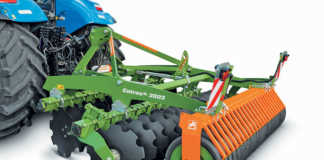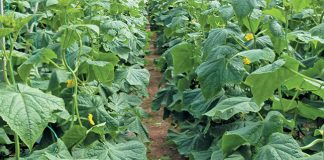
The cannabis plant contains different kinds of cannabinoids. The cannabinoid tetrahydrocannabinol (THC), for example, is the primary psychoactive compound in cannabis, meaning it makes the user ‘high’.
Terpenes are natural compounds from the plant, said by some cannabis experts to enhance the effects of THC.
Successful production of oils, concentrates and edibles requires the extraction of cannabinoids, terpenes and other components from cannabis plants.
Solvent-based methods of extraction
These methods involve using a liquid solvent to dissolve and extract cannabinoids and other desired compounds.
Two popular solvent-based extraction methods are:
- Hydrocarbon extraction: This uses butane or propane for the separation/extraction, and is employed widely in the cannabis industry. The method is known for its efficiency in producing high-quality concentrates with potent flavours and aromas. In order to dissolve the desired components, a hydrocarbon solvent is passed through the cannabis plant material during the extraction process. Cannabinoids, terpenes, and other useful components are extracted using the solvent as a carrier. The solvent is then removed from the resulting solution, leaving a pure extract containing cannabinoids and terpenes.
- Ethanol extraction: This method uses food-grade ethanol as a solvent. As ethanol is non-toxic and non-flammable, making it simpler to handle and work with in a controlled setting, it is considered a safer alternative to hydrocarbon extraction. Cannabinoids, terpenes and other beneficial substances have great affinity for ethanol, making it possible to fully extract the plant’s bioactive components. As a result, a rich and varied extract is produced.
Carbon dioxide extraction
In the cannabis industry, carbon dioxide extraction, often referred to as supercritical fluid extraction, has become widely used.
This method manipulates the characteristics of carbon dioxide in a controlled setting so that it can act as both a liquid and a gas. The procedure is extremely accurate and efficient, and produces consistently high-quality cannabis extracts.
Rosin press extraction
Favoured by cannabis aficionados who grow their own plants at home, rosin press extraction has become a popular, solvent-less cannabis extraction technique.
It has received much attention and praise due to its ease of use, minimal equipment needs, and capacity to preserve the plant’s original terpene profile.
In order to create rosin, which is a strong and sticky concentrate, this method uses pressure and heat to remove resinous trichomes from cannabis flowers or hash.
Rosin press extraction begins with the selection of premium cannabis flowers abundant in
trichomes, the minuscule resin glands that hold valuable cannabinoids and terpenes.
The trichomes rupture when heat and pressure are applied to the selected substance, releasing the elements inside.
Other Methods: Two additional extraction techniques commonly employed in the cannabis industry are:
- Cold water extraction: Using ice-cold water and agitation, this separates trichomes from cannabis plant material. The solvent-less concentration known as bubble hash, which has a high THC content, is frequently made using this approach.
- Steam distillation: Terpenes and other essential oils, such as those found in terpene-rich cannabis, are extracted via steam distillation.
Conclusion
Understanding the principles of these extraction techniques enables both consumers and industry professionals to continue to innovate and hone their techniques, ultimately improving the cannabis experience as a whole.
Thomas Walker is the founder of Walker Cultivation, a consulting firm specialising in commercial cannabis production.












